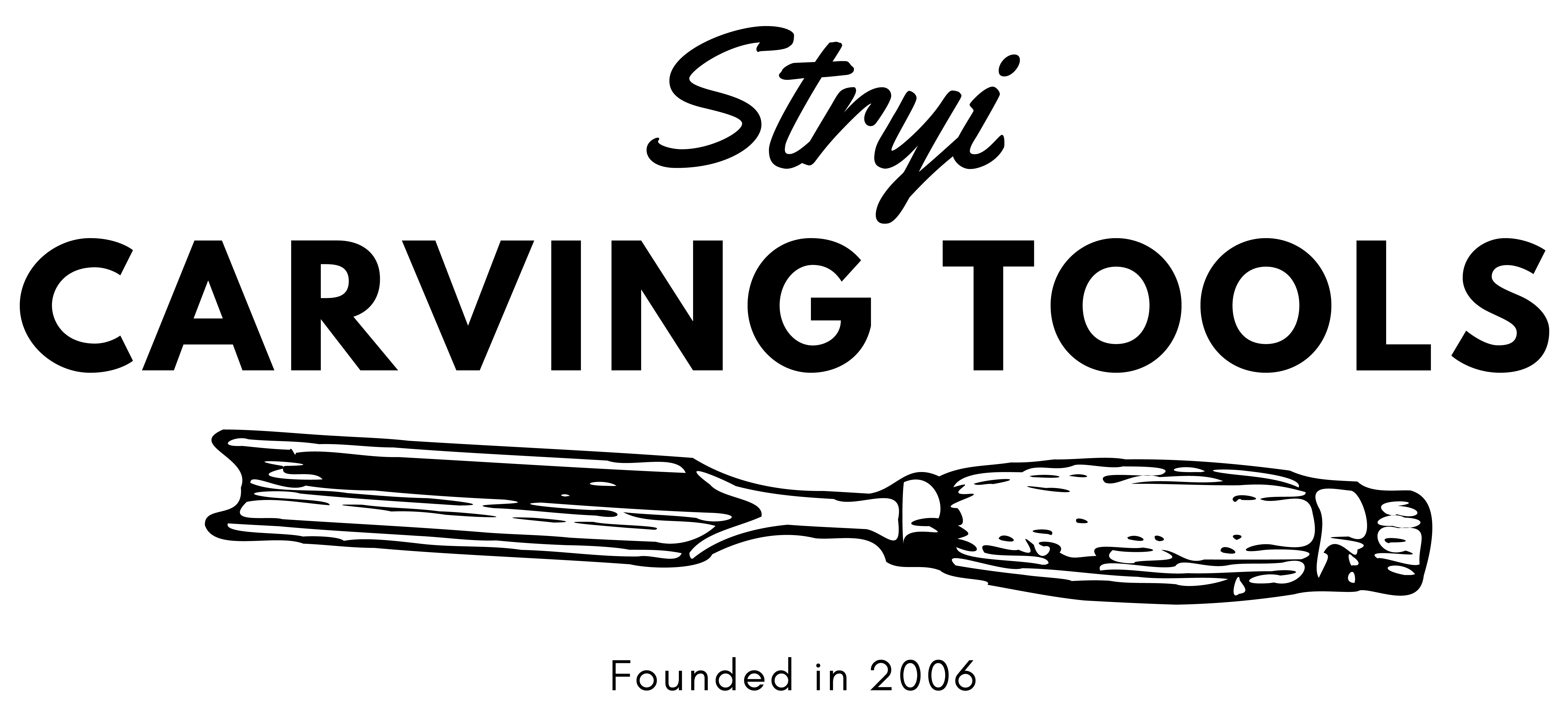How to read wood grain for cleaner carving?
If you’ve ever felt your carving tool catch or tear the wood unexpectedly, chances are you were working against the grain. Whether you're whittling a spoon, crafting a sculpture, or carving intricate reliefs, knowing how to read wood grain is one of the most important skills for achieving smooth, clean results.
In this guide, we’ll break down how to understand wood grain direction, why it matters, and how to use it to your advantage for more precise and enjoyable carving.
How to read wood grain for cleaner carving?
What is wood grain, exactly?
Wood grain refers to the alignment and direction of wood fibers in a piece of lumber. These fibers were once part of the living tree’s vascular system—carrying water and nutrients vertically. After cutting, these fibers become visible as grain lines.
Grain direction affects:
-
How your tools move through the wood
-
The smoothness of your cuts
-
The risk of splintering or tear-out
-
The final appearance of your carving
Why reading the grain matters?
Working with the grain means your knife or gouge slices smoothly through fibers, leaving a clean surface. Working against the grain means cutting into the ends of those fibers, which can cause:
-
Tearing
-
Chipping
-
Rough textures
-
More effort and tool dulling
By mastering grain direction, you'll not only improve your carving quality—you'll also carve faster, safer, and with less frustration.

How to read wood grain: step-by-step?
1. Look at the surface
On flat, planed wood, grain lines appear as dark and light streaks. These lines often (but not always) show the general direction the fibers are running.
Tip: If the lines sweep upwards in a curve, the grain is likely going “uphill.” You’ll want to carve down the hill—with the fibers.
2. Feel the grain
Gently run your fingers along the wood. If it feels smooth, you’re moving with the grain. If it feels rough or catches, you’re moving against it.
Try this on both sides—wood grain often changes direction mid-piece!
3. Observe the end grain
The end grain tells the full story. Look at the growth rings:
-
If the rings curve upward like a smile (U-shape) → grain is rising = carve downward.
-
If they curve downward like a frown (n-shape) → grain is descending = carve upward.
4. Watch for changes mid-carving
In some woods—like basswood or butternut—grain can shift direction even within a few inches. If you notice your tool starting to tear:
-
Stop
-
Reverse carving direction
-
Try a slicing motion instead of pushing
5. Use a sharp tool & light hand
Sometimes, even with perfect grain-reading, some tear-out is inevitable. That’s why sharp tools and fine control are critical.
Slicing or skewing your blade at an angle helps cut across fibers more cleanly.
Bonus tip: use the grain creatively
Once you master reading grain, you can use it to your artistic advantage:
-
Follow grain curves to add flow and movement to your carving.
-
Highlight patterns for natural texture and visual interest.
-
Exploit contrast by alternating directions for decorative effect.
Wood is a living material—and carving with the grain is like dancing with it instead of fighting it.
Best woods for beginners (with predictable grain)
If you're still learning, start with woods known for friendly grain:
-
Basswood – soft, consistent, easy to read
-
Butternut – lightweight, straight grain
-
Cherry – slightly harder, but beautiful finish
-
Mahogany – even grain, minimal tear-out
Avoid complex grain woods like oak, pine, or walnut until you’re more experienced.
Final thoughts: work with the wood, not against it
Learning how to read wood grain takes time and practice, but it’s one of the most powerful ways to elevate your carving from good to great.
The next time you sit down to carve, take a few extra minutes to study the surface. Let the lines guide your hands. Once you start carving with the grain, every stroke feels more natural—and your results speak for themselves.













